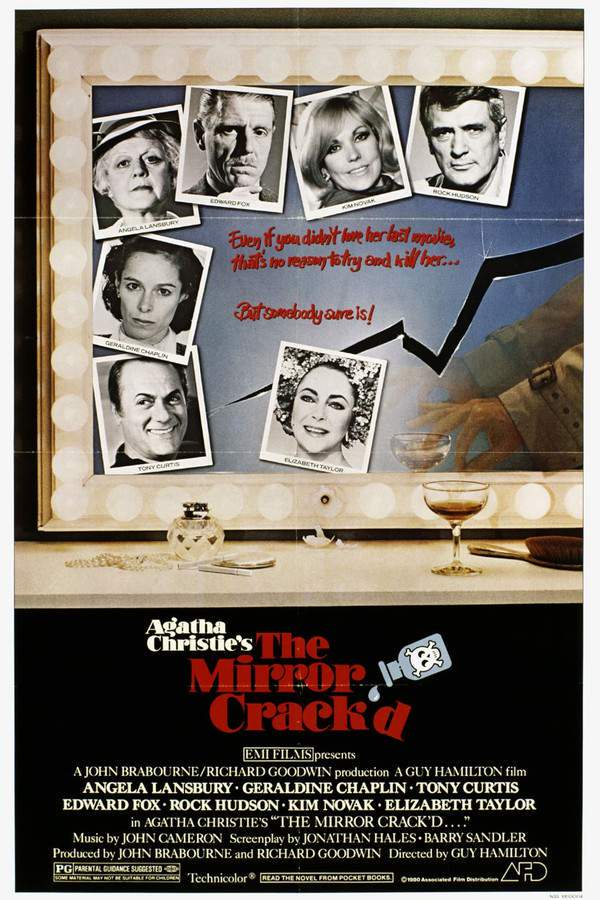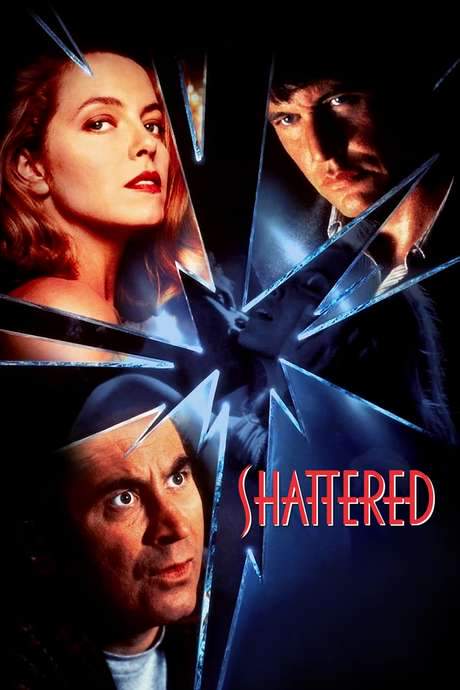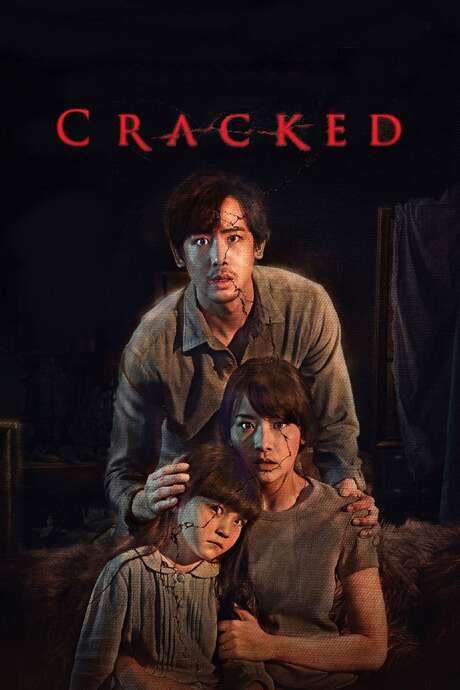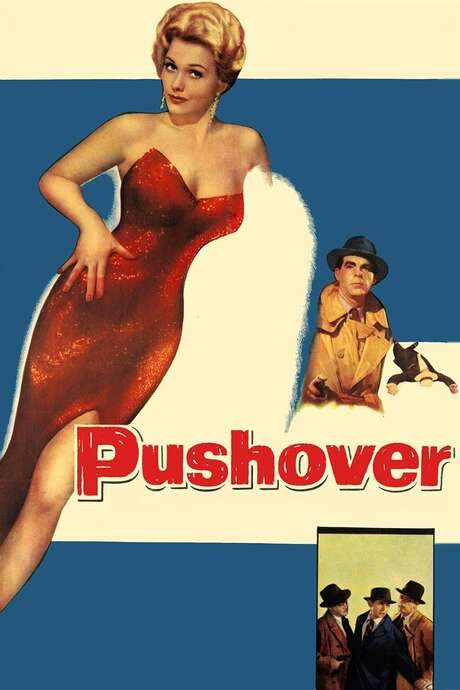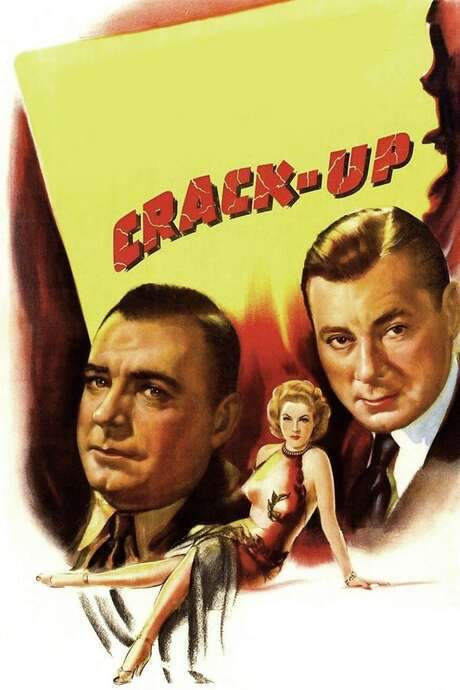
Crack-Up
Year: 1946
Runtime: 96 mins
Language: English
Director: Irving Reis
Could I KILL … and not remember? Art curator George Steele experiences a train wreck…which never happened. Is he cracking up, or the victim of a plot?
Warning: spoilers below!
Haven’t seen Crack-Up yet? This summary contains major spoilers. Bookmark the page, watch the movie, and come back for the full breakdown. If you're ready, scroll on and relive the story!
Crack-Up (1946) – Full Plot Summary & Ending Explained
Read the complete plot breakdown of Crack-Up (1946), including all key story events, major twists, and the ending explained in detail. Discover what really happened—and what it all means.
George Steele is an impassioned art critic and lecturer whose fervor for authentic masterpieces spills into chaos at the Manhattan Museum of Art. In a moment of manic urgency, he bursts onto the scene during a public talk, forcing his way inside before being restrained by a patrolman. He insists that he has lived through a train wreck, a claim that immediately puts him in a precarious light with the police. Lieutenant Cochrane is skeptical, noting there’s no record of any recent rail accidents, and the credibility of Steele’s story hangs in the balance as investigators probe the bizarre sequence of events that followed his sensational entrance.
From the start, the museum’s leadership tries to stabilize the situation. Director Barton pleads with Cochrane not to arrest Steele, fearing the scandal that could spill over the institution. Yet Steele’s own allies within the museum circle—Stevenson, the curator, and Dr. Lowell the board member who also functions as a medical mind—testify to his character and passion for art. They offer a tempered defense, suggesting that the man’s erratic behavior might be explained by a deeper reverence for authenticity and a long-standing obsession with uncovering fakes. The board, however, is wary, and Steele is briefly suspended after his public lectures are canceled, leaving him sidelined at a moment when his reputation is most sensitive.
What unfolds next is a puzzle threaded through forgery, theft, and a chain of seemingly inexplicable events. Steele’s instincts push him toward a troubling possibility: a famous Gainsborough that had vanished in a maritime fire might actually be a clever counterfeit, crafted to mask the theft of the original. As he tries to piece together the pieces, he presses Stevenson to share more, and their private conversation underscores a shared concern about the integrity of the artworks on loan to the museum. The tension tightens when Stevenson hints at a critical meeting in the museum vault, a moment that will reveal whether the loss is part of a larger scheme. Yet the plot thickens when the curator is found dead, casting a shadow over Steele’s quest for truth and inflaming the sense that someone is willing to go to great lengths to keep the truth buried.
In parallel, Steele makes a bold move to validate his suspicions by reenacting the fateful train ride. His investigation leads him to a troubling discovery: a drunken passenger was forcibly removed from the train by two men, and the timing here points toward a coordinated effort rather than a chance accident. Steele insists that this manipulation is connected to the stolen artworks and the forged paintings. The mounting tension drives him to alert Traybin, an undercover inspector from Scotland Yard who has been quietly watching the case, and who appears to have been guiding events from the shadows all along. The stakes rise as Steele learns that a shipment of the forged Dürer print is scheduled to go back to London, and a plan to recover the genuine masterpiece becomes a race against time.
The drama intensifies when Steele infiltrates a high-society gathering connected to the museum’s inner circle. He discovers that a shipment of the Dürer has been moved forward unexpectedly, and he seizes an opportunity to slip aboard the vessel carrying the artwork. Inside the cargo hold, he works to physically separate the genuine painting from its frame, just as danger closes in. The arsonists manage to lock him in, but a swift response from the ship’s crew and the confrontation with Traybin and Cochrane allow Steele to make a narrow escape. He reaches the pier where Terry Cordell, a magazine writer and his love interest, waits in a car. She proves to be his crucial ally, driving him to safety as the investigation closes in on the smoke-filled conspiracy.
Back on solid ground, Steele and Terry take steps to confirm their suspicions about the forged Gainsborough. A careful examination of the painting using X-ray analysis reveals that the work waiting in London’s shipment is a copy rather than the original. The tension explodes when Mary, Barton’s secretary, is caught in a dangerous moment, brandishing a gun as she and Terry confront the ensemble of suspects. The truth behind the thefts is gradually revealed: Dr. Lowell, a curator with a voracious hunger for collecting rare works, orchestrated the scheme because his passion for art outweighed any sense of legality. He uses narcosynthesis on Steele to manipulate his memory, attempting to force him into silence about the deception. The chilling revelation makes it clear that Lowell’s crime was not a lone act but part of a larger web of art theft and forgery designed to satisfy a pathological longing for beauty and ownership.
In a climactic turn, Traybin and the pursuing authorities close in. They confront Lowell just as Steele and Terry are held hostage, and the confrontation ends with Lowell’s death. Traybin’s true purpose is finally laid bare: he has been investigating the case undercover, ensuring that the stolen works are returned to their rightful places. The victory is bittersweet, as the layers of deceit unravel—but the paintings, including the Dürer and the forged Gainsborough, are recovered and safeguarded. Mary, seeking amnesty for her own involvement, reveals where the missing works have been hidden, offering a path toward clearing the museum of complicity and restoring public trust.
Throughout the ordeal, the film navigates themes of truth, authenticity, and the dangerous allure of art. The ensemble cast—anchored by the tense dynamic between George Steele and the people who oscillate between skepticism and trust—paints a portrait of a world where masterpieces are more than objects of beauty; they are contested emblems of power, secrecy, and desire. The drama unfolds with a measured clarity: Steele’s insistence on reexamining the facts, Barton’s protective instincts for the museum, Stevenson’s cautious loyalty, Lowell’s insatiable appetite for collecting, and Traybin’s disciplined pursuit of accountability all converge in a narrative that remains faithful to its core premise—art is worth defending, even when it demands confronting the darkest corners of human motive. The result is a carefully balanced crime thriller that uses the museum as a labyrinth of minds, motives, and misdirection, ultimately banding together to restore integrity to a world where a single forged canvas could threaten the trust that sustains culture itself.
Last Updated: October 09, 2025 at 14:04
Unlock the Full Story of Crack-Up
Don't stop at just watching — explore Crack-Up in full detail. From the complete plot summary and scene-by-scene timeline to character breakdowns, thematic analysis, and a deep dive into the ending — every page helps you truly understand what Crack-Up is all about. Plus, discover what's next after the movie.
Crack-Up Timeline
Track the full timeline of Crack-Up with every major event arranged chronologically. Perfect for decoding non-linear storytelling, flashbacks, or parallel narratives with a clear scene-by-scene breakdown.

Similar Movies to Crack-Up
Discover movies like Crack-Up that share similar genres, themes, and storytelling elements. Whether you’re drawn to the atmosphere, character arcs, or plot structure, these curated recommendations will help you explore more films you’ll love.
Explore More About Movie Crack-Up
Crack-Up (1946) Scene-by-Scene Movie Timeline
Crack-Up (1946) Movie Characters, Themes & Settings
Crack-Up (1946) Spoiler-Free Summary & Key Flow
Movies Like Crack-Up – Similar Titles You’ll Enjoy
The Mirror Crack'd (1980) Film Overview & Timeline
The Crack: Inception (2019) Full Summary & Key Details
Shattered (1991) Detailed Story Recap
Cracked (2022) Spoiler-Packed Plot Recap
The Unsuspected (1947) Complete Plot Breakdown
Scene of the Crime (1949) Full Movie Breakdown
The Big Clock (1948) Complete Plot Breakdown
The Upturned Glass (1947) Full Summary & Key Details
Shoot to Kill (1947) Movie Recap & Themes
The Cracksman (1963) Plot Summary & Ending Explained
The Crime Doctor’s Warning (1945) Detailed Story Recap
Elevator to the Gallows (1958) Spoiler-Packed Plot Recap
Criss Cross (1949) Full Summary & Key Details
The Crime Doctor’s Diary (1949) Full Movie Breakdown
Pushover (1954) Full Summary & Key Details



